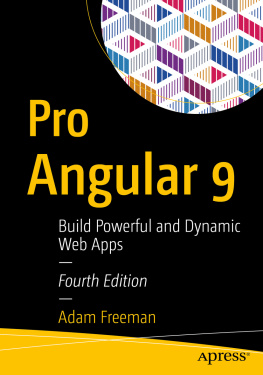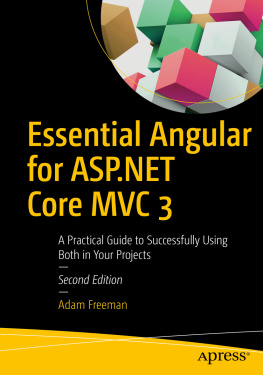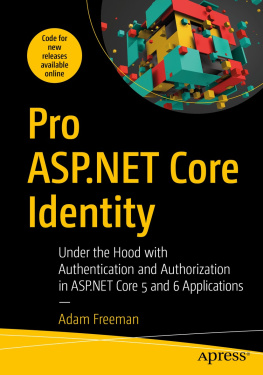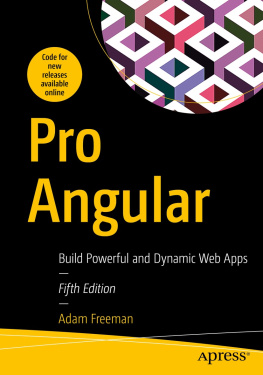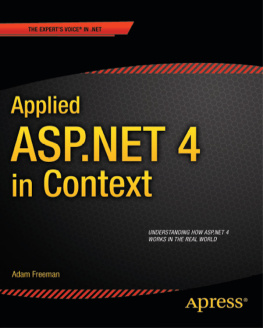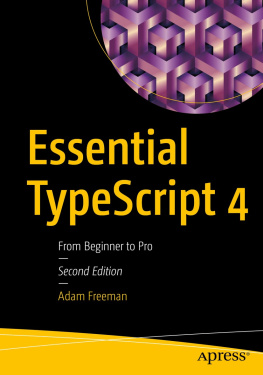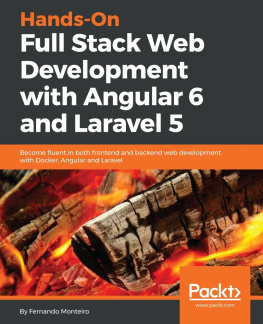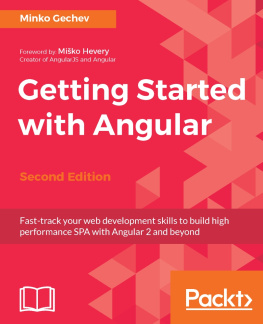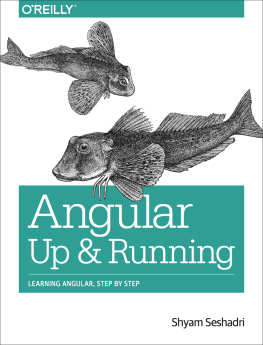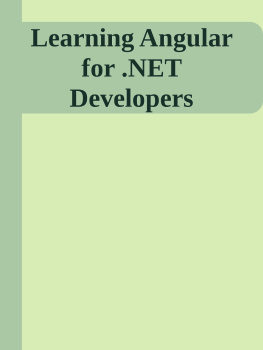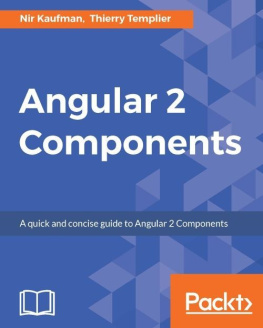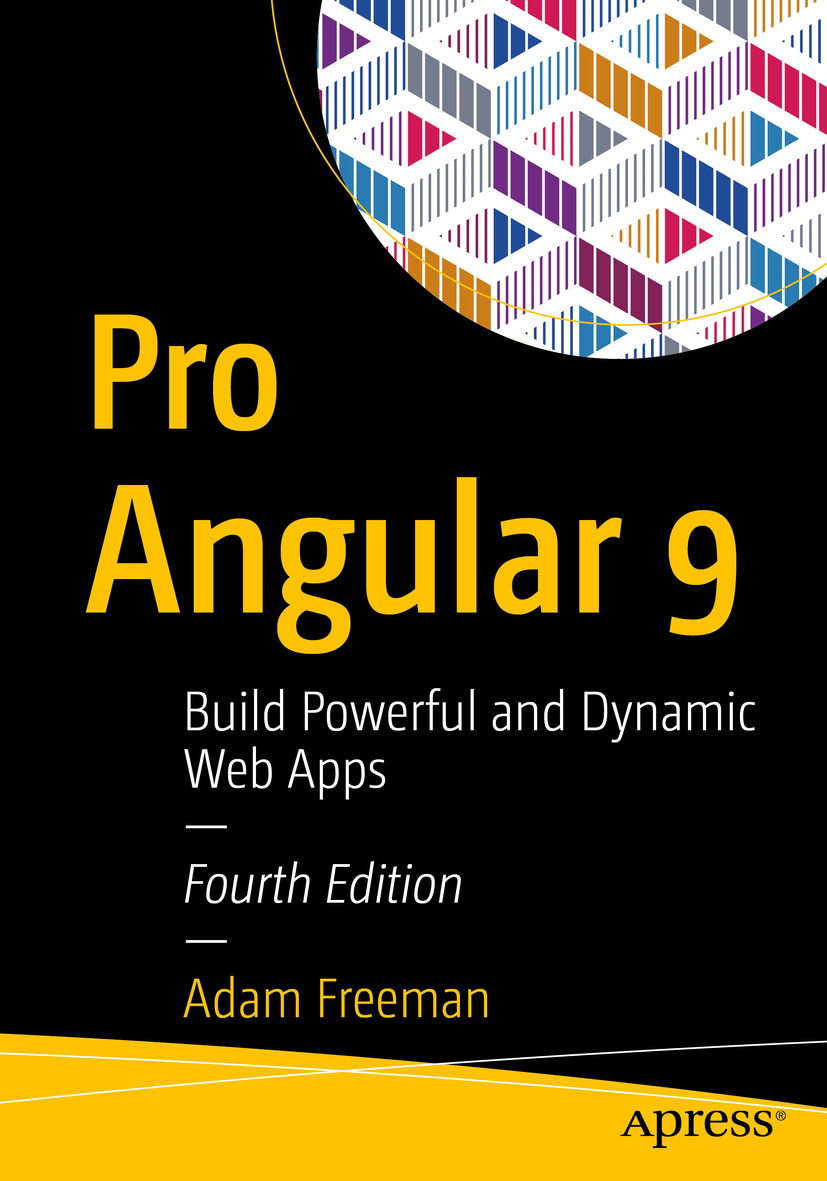1. Getting Ready
Angular taps into some of the best aspects of server-side development and uses them to enhance HTML in the browser, creating a foundation that makes building rich applications simpler and easier. Angular applications are built around a clear design pattern that emphasizes creating applications that are
Extendable: It is easy to figure out how even a complex Angular app works once you understand the basicsand that means you can easily enhance applications to create new and useful features for your users.
Maintainable: Angular apps are easy to debug and fix, which means that long-term maintenance is simplified.
Testable: Angular has good support for unit and end-to-end testing, meaning you can find and fix defects before your users do.
Standardized: Angular builds on the innate capabilities of the web browser without getting in your way, allowing you to create standards-compliant web apps that take advantage of the latest HTML and features, as well as popular tools and frameworks.
Angular is an open-source JavaScript library that is sponsored and maintained by Google. It has been used in some of the largest and most complex web apps around. In this book, I show you everything you need to know to get the benefits of Angular in your own projects.
What Do You Need to Know?
Before reading this book, you should be familiar with the basics of web development, have an understanding of how HTML and CSS work, and have a working knowledge of JavaScript. If you are a little hazy on some of these details, I provide refreshers for the HTML, CSS, and JavaScript I use in this book in Chapters . You wont find a comprehensive reference for HTML elements and CSS properties, though, because there just isnt the space in a book about Angular to cover all of HTML.
What Is the Structure of This Book?
This book is split into three parts, each of which covers a set of related topics.
Part 1: Getting Started with Angular
Part 1 of this book provides the information you need to get ready for the rest of the book. It includes this chapter and primers/refreshers for key technologies, including HTML, CSS, and TypeScript, which is a superset of JavaScript used in Angular development. I also show you how to build your first Angular application and take you through the process of building a more realistic application, called SportsStore.
Part 2: Angular in Detail
Part 2 of this book takes you through the building blocks provided by Angular for creating applications, working through each of them in turn. Angular includes a lot of built-in functionality, which I describe in depth, and provides endless customization options, all of which I demonstrate.
Part 3: Advanced Angular Features
Part 3 of this book explains how advanced features can be used to create more complex and scalable applications. I demonstrate how to make asynchronous HTTP requests in an Angular application, how to use URL routing to navigate around an application, and how to animate HTML elements when the state of the application changes.
What Doesnt This Book Cover?
This book is for experienced web developers who are new to Angular. It doesnt explain the basics of web applications or programming, although there are primer chapters on HTML, CSS, and JavaScript. I dont describe server-side development in any detailsee my other books if you want to create the back-end services required to support Angular applications.

